
Can the choice of one state regarding congressional maps have a ripple effect nationwide? When Texas Republicans trained their guns on mid-decade redistricting, they did more than ignite a firestorm of politics and lawgenerated an alarm wave among politically engaged Americans who deeply care about good representation and the integrity of democracy.

1. The New Playbook: Texas Takes Advantage of a Mid-Decade Redistricting Trend
Redistricting is meant to be a once-a-decade event, but Texas Republicans are rewriting the playbook. Backed by President Trump, Texas lawmakers are seeking to redraw congressional districts ahead of the 2026 midterms potentially picking up five more Republican seats in the U.S. House. As Doug Spencer, Rothgerber Jr., said: “There’s been a lot more efforts by the parties and political actors to push the boundaries – literally and figuratively – to reconfigure what the game is.” It’s not entirely a Texas story. Other states look on, wondering if they should break the post-census tradition of redistricting, too.
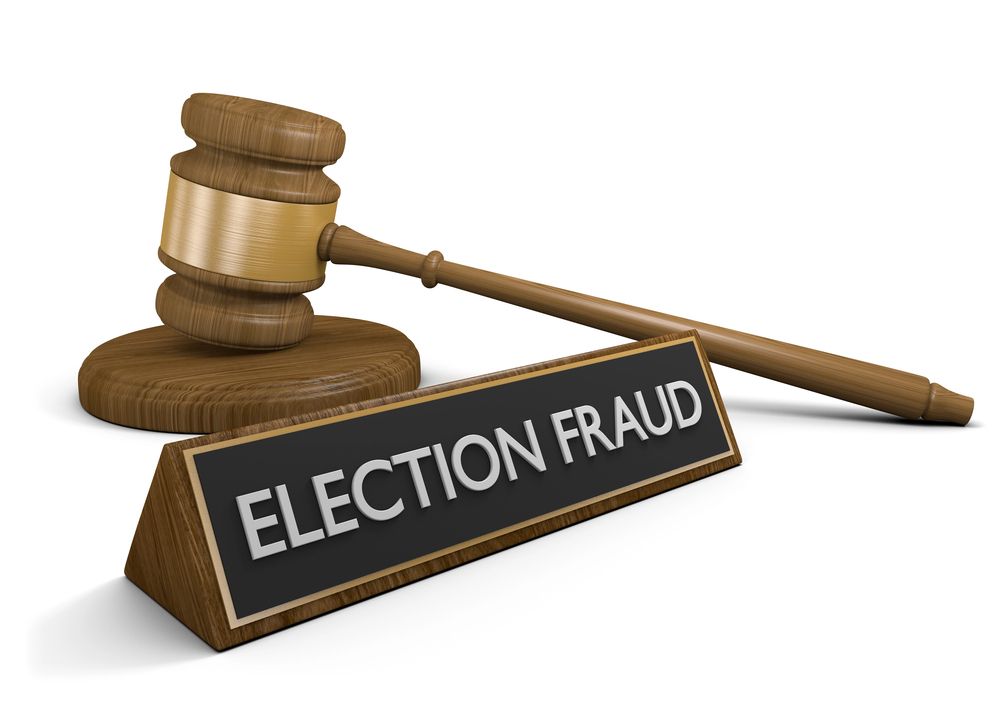
2. State-by-State: How Redistricting Rules Change
There is no blue print in redrawing congressional lines. Independent commissions need to intervene on a handful of states but legislatures are given authority on others. In California, Governor Gavin Newsom’s own enthusiasm for acting in response to Texas action is thwarted: a constitutional amendment granting authority to an independent commission. Other states such as Florida and Ohio are already beginning early redistricting, Ohio’s quirky law even demanding a new map before the 2026 midterms. All this legislative patchwork heightens the perilousness of the redistricting environment more than ever before especially since politicians are testing and observing what they are able to get away with.
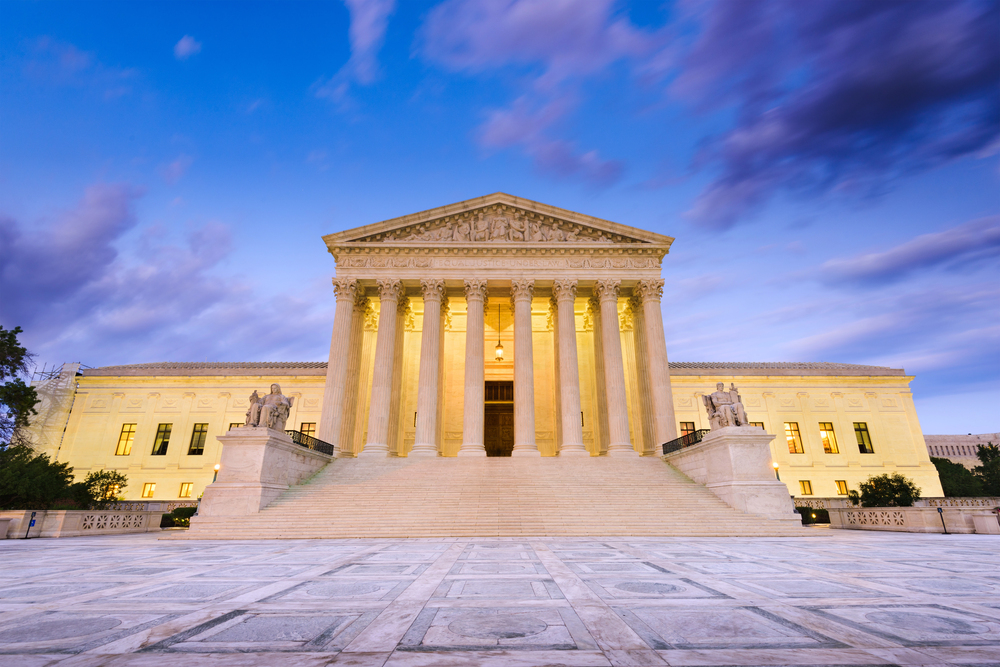
3. Courts, the Voting Rights Act, and the Limits of Partisan Gerrymandering
When politicians test boundaries, courts generally move in. The Supreme Court in 2019 held that federal courts must avoid cases of political gerrymandering, Chief Justice John Roberts having ruled redistricting is “highly partisan by any measure.” There is a one exception, however: if a map disenfranchises racial minorities’ voting rights, courts do and can require new maps under the Voting Rights Act. Alabama and Louisiana recent high-profile cases have placed at center stage the intersection of partisanship and race, and the Supreme Court struggled over whether it’s legal remedies or an unconstitutional gerrymander in new majority-minority districts.
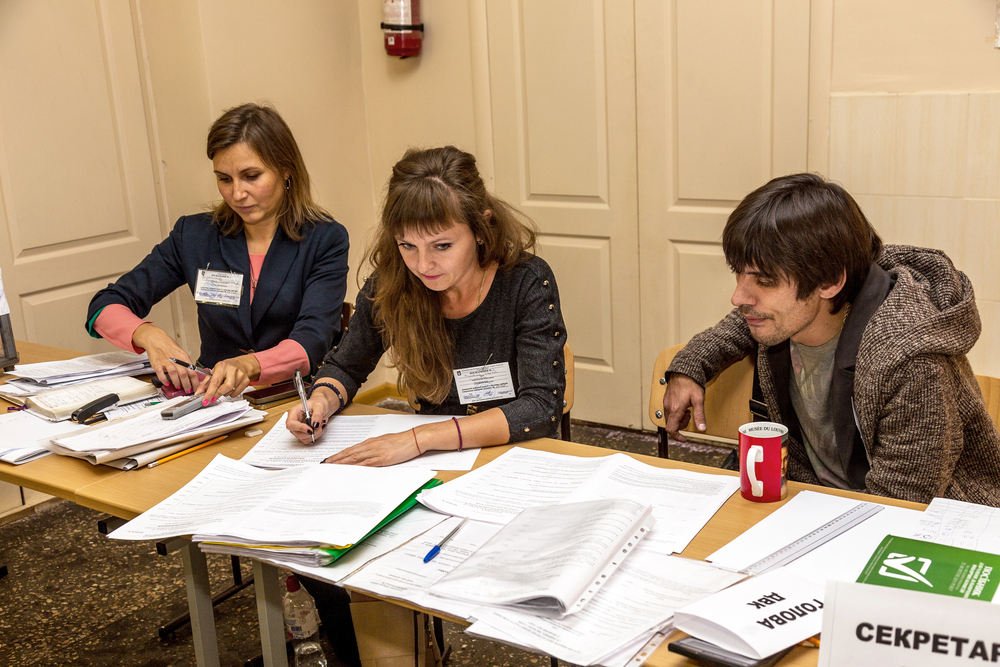
The courts’ rulings can redefine the extent to which states may extrapolate when they’re confronted with voting rights abuses, as well as whether the nearly 40-year-old framework for Section 2 cases remains relevant. For now, attempting to read the tea leaves regarding what the Court will do next is, as a wise commentator once quipped, “a fool’s errand” reading the tea leaves in the Louisiana case is a fool’s errand.

4. Citizen Power: Public Hearings and Community Mapping
Amidst all the legal theatrics, regular citizens are not powerless. In fact, citizen involvement is at the heart of the redistricting process. Virtually every state holds public hearings in which citizens are allowed to be heard as to how lines ought to be drawn in an effort to preserve “communities of interest.” In public forums, residents can use everything from paper maps to computer programs in which they can mark off where their neighborhoods begin and end. As one writer suggests, “Citizens in local communities can help those who are in charge of the process by defining the boundaries of local communities that need to be conserved in a district.” The more citizens are involved, the better chance districts are for actual communities not political game players of the public get to help shape their local media.
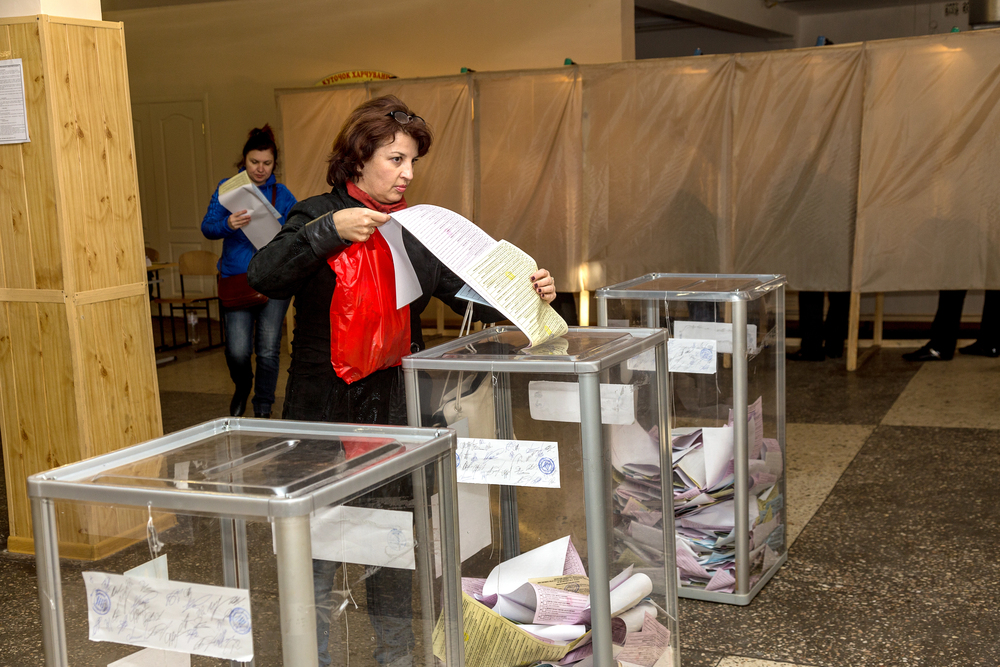
5. Tech Tools and Transparency: Mapping the Map Wars
Redistricting is no longer happening behind smoke-filled back rooms it happens online. Civic technology tools enable anyone to track maps that have been submitted, compare partisan implications, and even make their own proposals. Redistricting websites with hearing calendars and map uploads have been set up in dozens of states, where activists and regular voters can keep track easily and be informed. These pages are making a previously insurmountable process more transparent and accessible so that more individuals have an opportunity to take their turn at molding the face of their communities.

6. Election Stress: The Unseen Cost of Map Wars
As everything is on the line, it is no surprise that map wars are causing political stress. In its APA Stress in America survey 2024, the APA finds that 77% of U.S. adults report that the state of our country’s future is a major source of stress. As a reminder, officials like Brett Ford, PhD, observe: “There’s a strong case to be made that for many people, politics is a form of chronic stress.” The 24-hour news cycle and social media only serve to add to stoking the fire so to speak, and it is hard to turn away from the soap opera. But studies show that although stress from elections may be highest at large events, overall well-being for most individuals bounces back in the weeks thereafter, and symptoms of depression resolve within days or weeks of the election.
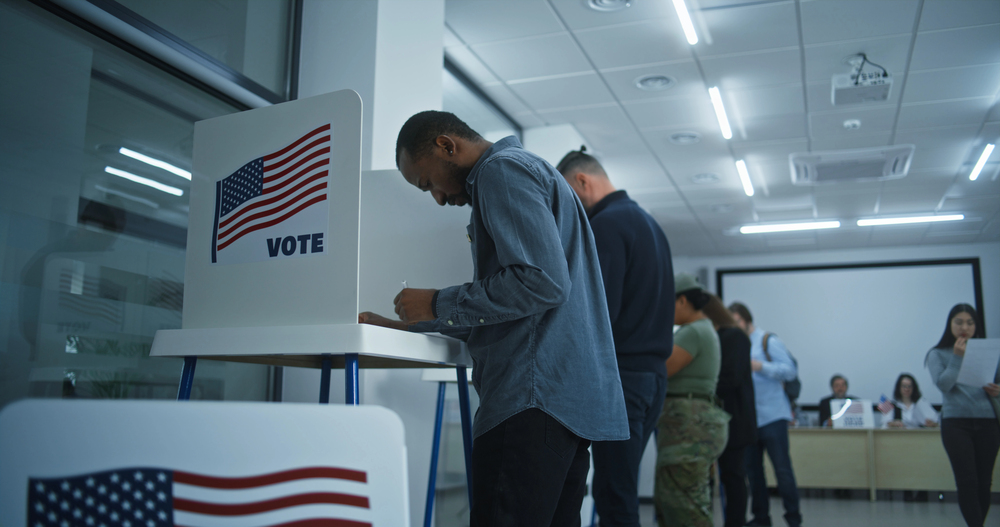
7. Staying Active Without Burning Out
So then how do working Americans stay active without redistricting fights sucking the peace out of them? The authors suggest a number of strategies: Limit access to sensationalized media, especially social media; focus on tangible actions like showing up at hearings or making comments on maps; and shift toward positive emotions like inspiration and appreciation to spur action. As Ford might advise, “Just as bad feelings drive us to action, so also do our good ones.” Building bridges of understanding with like-minded neighbors can also serve as a buffer to stress, and crossing over divisions as difficult as it is, builds more understanding.

And for those who get angry: The fight for fair maps is a marathon, not a sprint. Staying educated, involved, and active and taking care of yourself can make your voice continue to be part of the conversation, no matter what the lines end up looking like.


